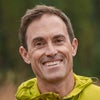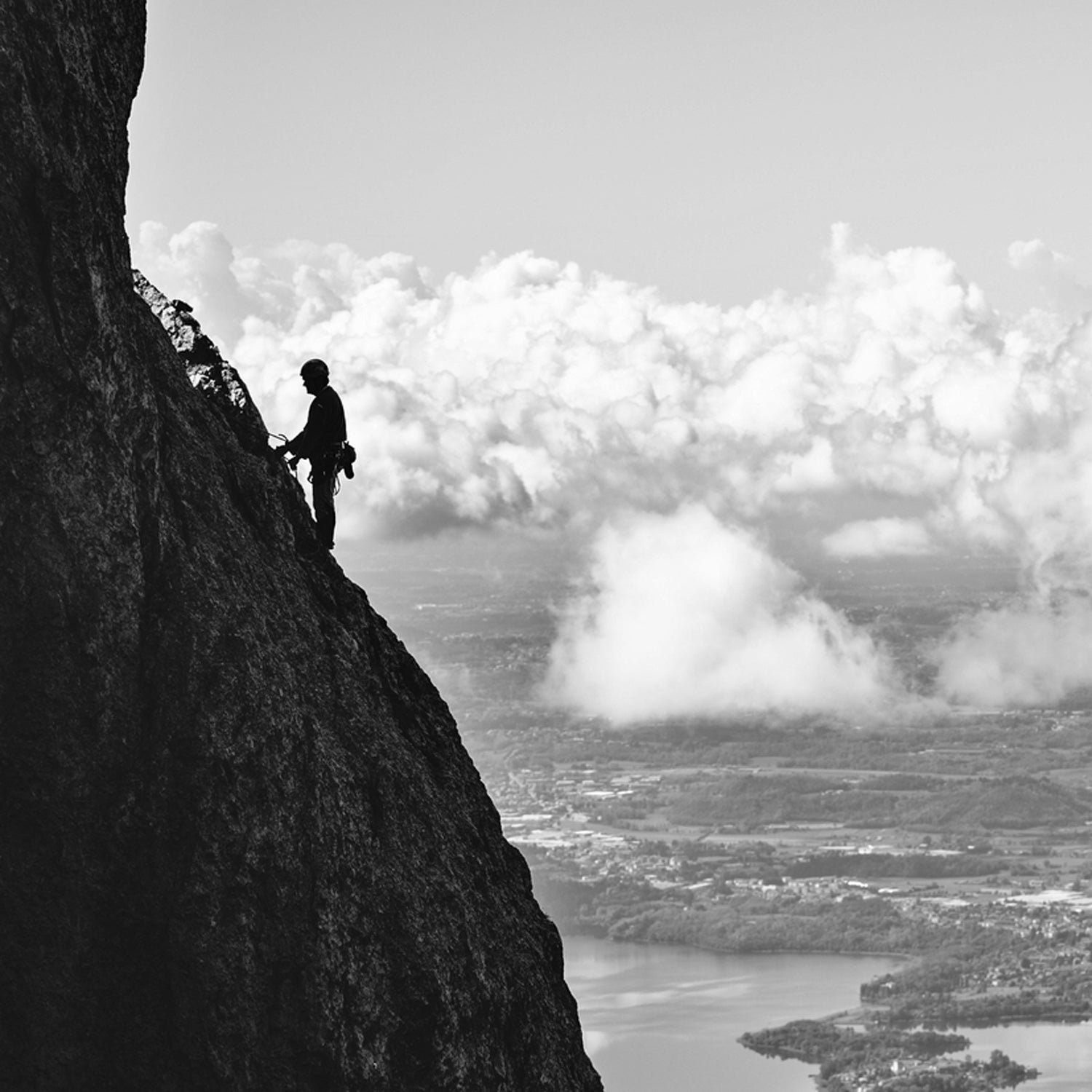A few people are making the outdoor community look selfish and entitled. By now you’ve heard about climbers heading to vertical locales like Bishop, California. Ditto with mountain bikers and sightseers in Moab, which has officially rolled up its welcome mat. Similar story with the skiers from New York’s Westchester County—one of the hot zones of the coronavirus—who drove to Vermont before the ski areas shuttered. Is it any surprise that Colorado mountain towns adjacent to resorts are now virus ? People, it’s a pandemic, not an instagram documented sabbatical.
That last line was a bit sanctimonious, I know. And I’m tired of the sanctimony, too. But if the outdoor community is better than the apathetic and selfish minority—and I believe it is—it’s time to step up and prove it. Naturally, many individuals and companies are doing exactly that.
By Friday, March 20, brands like Simms, Mystery Ranch, and Keen were contributing to the fight against coronavirus. In Gallatin County, Montana, Mystery Ranch gave material to the local sewing community so it could stitch masks for the regional hospital. Keen a global campaign to donate 100,000 pairs of shoes to anyone who needed them. They’re trusting their fans—their community—to recommend health care workers, but anybody in a dire need of footwear can make the request, too. By Monday, March 23, Keen had given away 75,000 pairs in the U.S., Europe, and Japan. Elsewhere, freshly out of work individuals were volunteering to haul supplies to at risk communities as impromptu bike couriers. And neighbors were checking on neighbors.
Cycling companies in Italy and the U.S. are now converting their manufacturing to produce face masks. The famed hub and wheel maker Industry Nine has offered up its CNC machining capabilities—equipment that can be recalibrated to produce a range of parts—to any business that’s producing medical machinery. And companies from to are now ramping up production of hand sanitizers. Some manufacturers are donating product outright. Others are restricting sales to healthcare providers and first responders while keeping their staff employed. The footwear maker Salewa has converted it’s entire Italian factory—at a cost of $1 million—to the production of personal protection equipment (PPE) for that nation’s healthcare workers, everything from masks to full bio suits. “Older companies like Salewa in Europe remember the war years when they converted their production to the needs of the country,” says Salewa’s U.S. representative Eric Henderson. “Nothing else is being produced at this point.” (The entrepreneur behind Salewa, Heiner Oberrauch, is also working with the Italian Air Force to purchase 1.5 million masks from China, which should arrive in Italy this week.)
Premium cycling apparel maker Kitsbow opened their U.S. based manufacturing shop in North Carolina five months ago and hired 27 people to run it. A direct-to-consumer brand, they hadn’t seen a significant downturn from the encroaching coronavirus recession. But when Kitsbow’s founder Zander Nosler received a design template for medical grade face shields from his fellow Stanford alums, he and Kitsbow CEO David Billstrom (a first responder in his spare time) decided to switch over their production facility. They cut 700 face shields last Saturday morning alone, just a fraction of the 25,000 units already ordered.
It appears to be the relatively small brands with U.S. manufacturing plants and flexible business models that are the first to heed the call. Kitsbow’s next challenge is to source materials. In the past five days, PPE materials have grown scarce. Elastic fabric now appears impossible to purchase. Kitsbow employees are driving their personal trucks to retrieve plastic. “We’ll figure it out,” says Billstrom. “When we hired our team here in North Carolina we told them to expect constant change. Now we’re really giving it to them. But they’re responding with passion.”
Simms, in Bozeman, Montana, is hoping to make a similar impact. They responded to the request for masks by local health officials, but they have robust and scalable capabilities and believe that they can do more. Medical gowns, like fly fishing apparel, are durable, reusable garments made from waterproof breathable fabrics. If the medical community is in need, Simms’ VP of Operations Ben Christensen says the company could churn out 200 to 400 a day in a week’s time. To do that, they’d need the government to expedite the certification process (and to confirm that there will indeed be a market for the gowns if they ramp up). At the same time Simms must ensure that their core business is sound so that they can keep their employees on payroll. But in the interim, Simms isn’t waiting around. The company is actively pursuing the medical work and hoping it will pencil out. “Our employees have to be our first priority,” says Christensen. “But, if it’s safe to continue working, adding gowns to our production could enable us to keep people employed longer into this pandemic. We’re confident that we could at least meet local needs.”
Those are examples of direct action by companies. And we should remember those brands when it’s time to shop consciously again. But there’s more that the outdoor community—all of us—can do in this fight.
I’m not hypocritical enough to preach about this. All I’ve done to date is to try to ensure that my family and I don’t contribute to the surge. But I do know that the outdoor world has more power and creativity than many people give it credit for. And I know we aren’t as selfish as a few bad actors might make us appear.
I don’t know what the outdoor world can do to help next. But perhaps you do.


